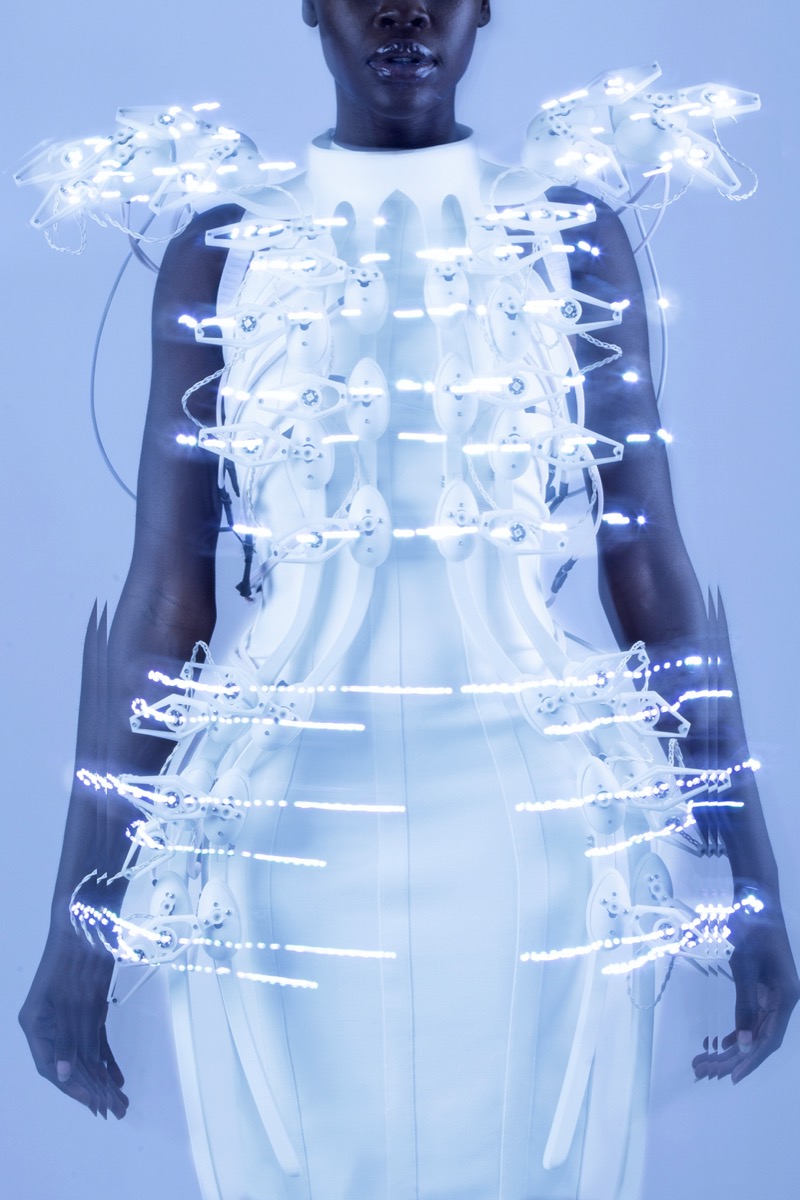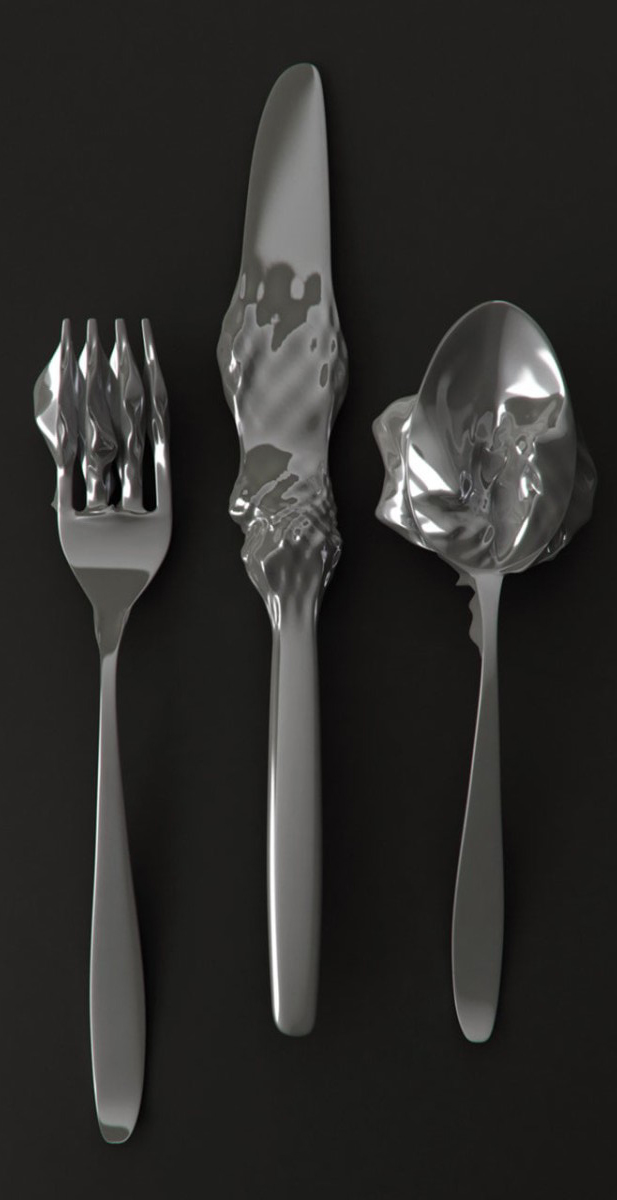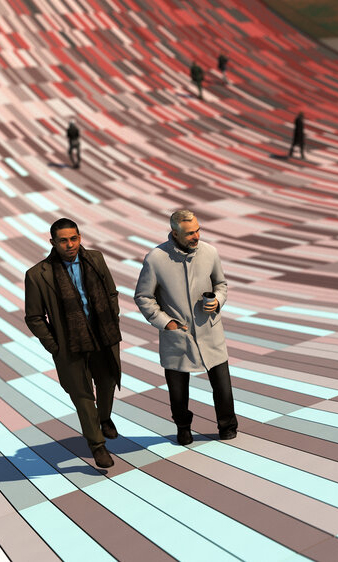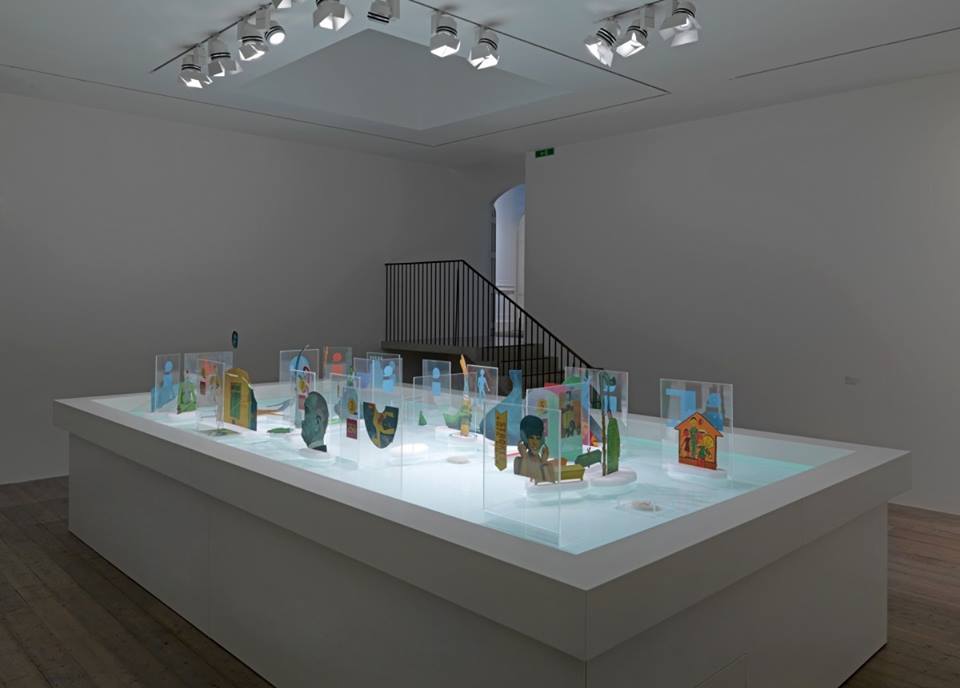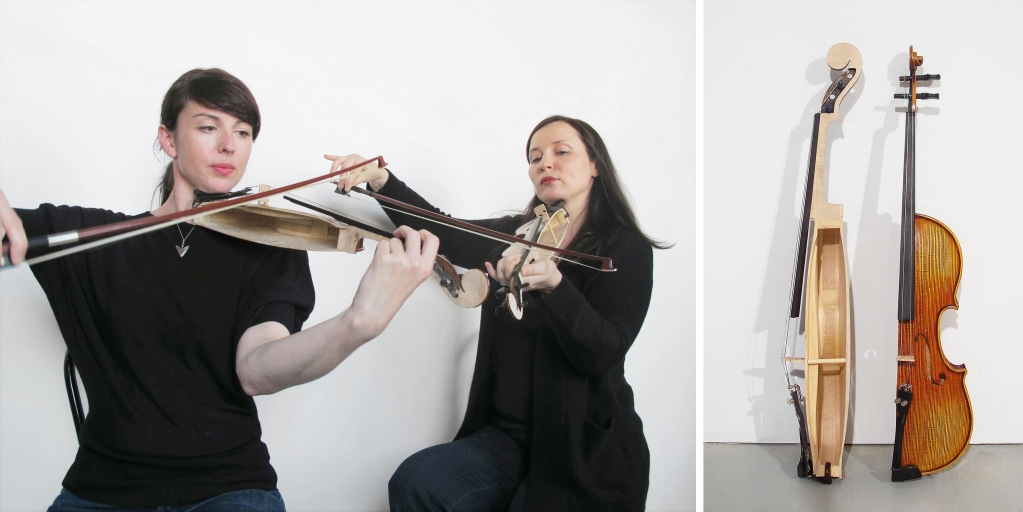
Tacit Group
61/6 altavoces
Tacit Group es un grupo de performance audiovisual que se ha formado en 2008 para crear un trabajo centrado en lo algorítmico y audiovisual. Su arte algorítmico se centra en el proceso más que en el resultado. Crean código matemático, sistemas que utilizan principios y reglas, e improvisan actuaciones en el escenario utilizando los sistemas. Durante la actuación, los sistemas se revelan visual y sonoramente, para que el público pueda escuchar con sus ojos, como la forma en que vemos “El Grito” de Edvard Munch (Noruega, 1863-1944). Las imágenes son parte integral del trabajo de Tacit Group como compositores y artistas de los medios. Esperan que al mostrar no solo la pieza terminada, sino el proceso de charlar o jugar que la genera, involucren a sus espectadores más intensamente y rompan la división convencional entre los artistas intérpretes o ejecutantes y los miembros de la audiencia. Ninguno de sus trabajos se completa nunca. Actualizan continuamente los sistemas subyacentes y se inspiran en su práctica de programación informática. Como artistas de nuestra era, Tacit Group descubre posibilidades artísticas en la tecnología.


